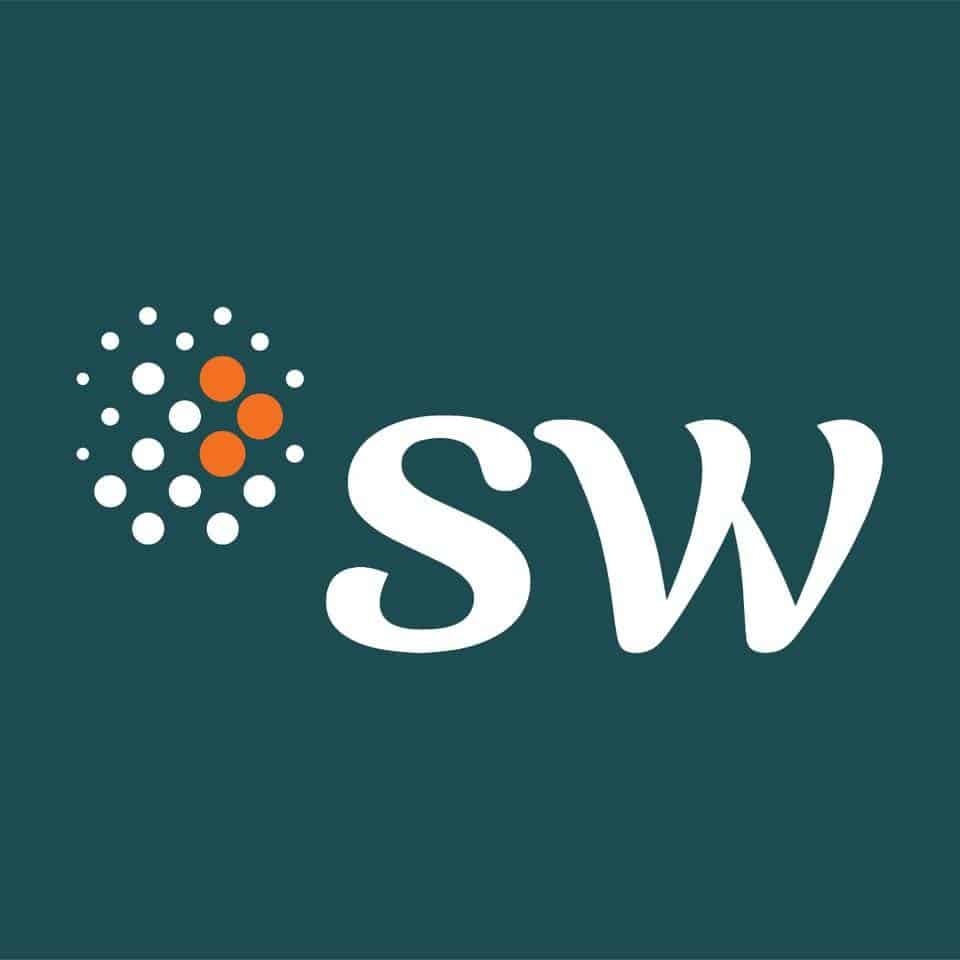On September 19, 2022, the first Structured Warrants (SW) in Indonesia were officially issued on the Indonesia Stock Exchange (IDX). SW is an investment instrument issued by a financial institution that entitles warrant holders to buy or sell underlying securities at a predetermined price and date. The context of underlying securities in structured warrants is stocks that fall into the constituents of the IDX30 index, an index that measures the price performance of 30 stocks that have high liquidity and large market capitalization and are supported by good company fundamentals.
Table of Contents
Types of Structured Warrants
SW consists of 2 types, namely Call Warrant and Put Warrant. The two warrants both give the right to execute underlying securities at a certain price and period of time. The difference between the two types of SW is that the Call Warrant gives the holder the right to buy, while the Put Warrant gives the holder the right to sell underlying securities. The maturity of the two types of SW varies which range from 2 months to 2 years, as reported on the official website page of the IDX.

Benefits of Investing in Structured Warrants
Various benefits of SW are expected to be realized for the development of the capital market in Indonesia. SW provides an opportunity for investors to achieve potential profits with SW holdings and transactions that depend on the price movement of underlying securities. In addition, the investment capital in SW is relatively small so the percentage of SW’s potential profit tends to be greater than the return on investment in its underlying securities. SW ownership is also a means of hedging investments to lock in the purchase price or selling price of underlying securities.
Published Structured Warrants on the IDX
Until now, there are 3 SW that have been published on the IDX, namely:
[wptb id=10405]
There are several things that need to be considered in SW, namely:
–INSERT TABLE–
Enhancing the Indonesian Capital Market with Structured Warrants
It is hoped that the existence of SW can increase the enthusiasm for capital market investment in Indonesia and also attract companies to be listed on the IDX. As a new derivative investment instrument, SW is also socialized in the Capital Market Summit & Exhibition (CMSE) which can be explored through https://cmse.id/ link.
CMSE is an event commemorating the 45th Anniversary of the Reactivation of the Indonesian Capital Market, the Financial Services Authority (OJK) in collaboration with the Indonesia Stock Exchange (IDX), PT Kliring Penjaminan Efek Indonesia (KPEI) and PT Kustodian Sentral Efek Indonesia (KSEI). This event carries the theme “Capital Markets for All Towards a Strong Sustainable Economy”. CMSE 2022 will be an event and momentum for capital market stakeholders to gather and participate in various types of events.
Unlock the full potential of structured warrants in Indonesia’s capital market by visiting SW Indonesia. Our platform offers valuable insights and resources to help you navigate the world of structured warrants. Whether you’re an experienced investor or new to the market, our team is ready to assist you in maximizing your returns and answering any questions you may have about structured warrants. Contact SW Indonesia today at +62 2993 2132 or email us at info@sw-indonesia.com and embark on a rewarding journey with structured warrants!













